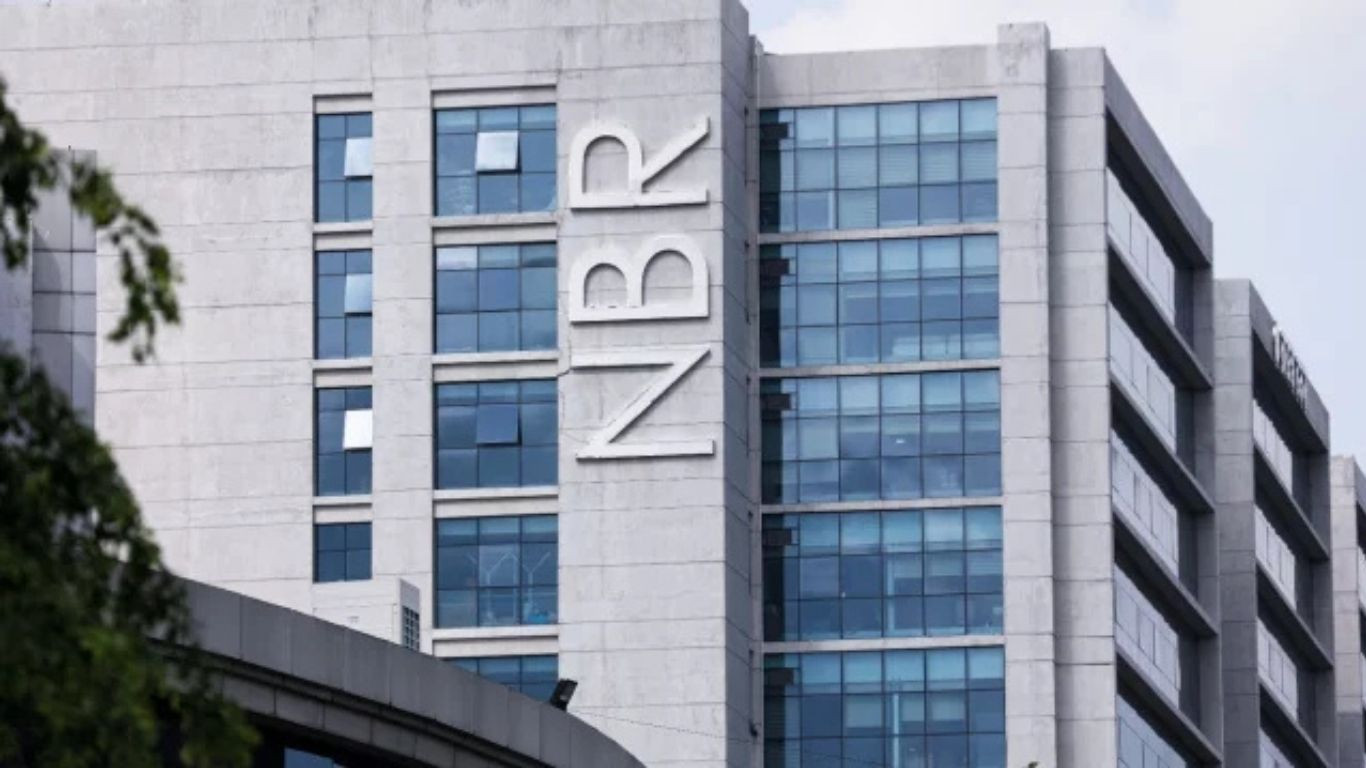OPENAI’S NEW FOR-PROFIT STRUCTURE UPS THE AGI STAKES—AND THE RISK

What the restructuring means
OpenAI closed October by completing a sweeping recapitalization that places a for-profit corporation under a nonprofit foundation, while expanding commercial ties with Microsoft. The move aims to tap deeper capital pools for compute-hungry research and product growth. But it sharpens expectations around artificial general intelligence (AGI), as investors and partners look for faster monetization. The new structure heightens pressure on governance: how to balance safety research, open science, and enterprise needs, while fending off antitrust concerns about cloud, chips, and data. OpenAI’s consumer apps, including Sora short-video tools, have grown rapidly—raising content-moderation and deepfake issues that will test regulators.
The road ahead for AI power—policy and competition
Rivals are recalibrating. Google, Anthropic, Meta, and startups are racing to sign enterprise deals and secure GPU supply. Microsoft’s deeper alignment could give Azure a distribution edge, but it also ties Redmond more tightly to OpenAI’s model roadmap and reputational risks. For developers, the upside is clearer pricing and product cadence; the downside is lock-in across cloud, model APIs, and vector databases. Policymakers will watch model transparency, compute thresholds, and rights management for training data. If OpenAI can ring-fence research safety, publish credible evals, and avoid exclusivity that shuts out competition, it may justify the shift. If not, the reorg could invite new regulatory scrutiny at home and in Europe—especially as the EU AI Act’s compliance clock ticks.





















